The Play Prescription: Transformative Effects of Play on ADHD in Children
- EIH User
- August 8, 2024
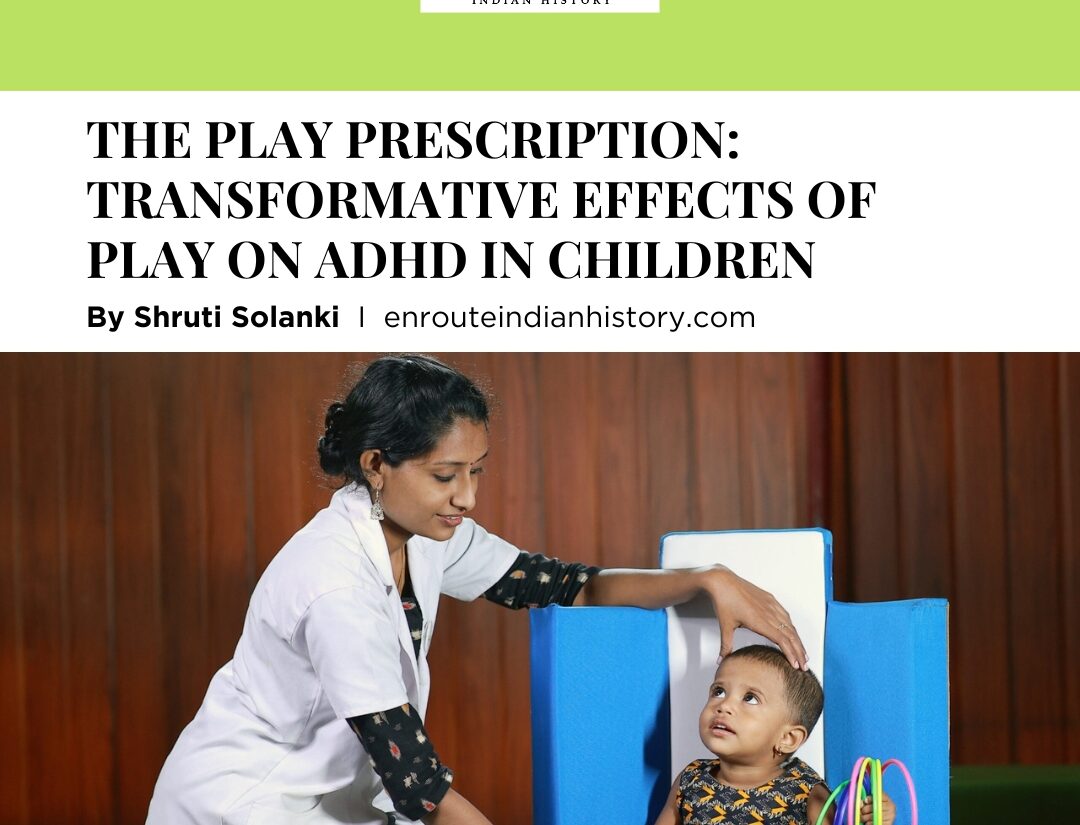
ADHD
What if the secret to unlocking a child’s full potential lay not in a prescription bottle but on the playground? Neurodivergent children, who think and learn differently, can face unique challenges when it comes to focus and impulse control. In a world where Attention Deficit Hyperactivity Disorder (ADHD) is becoming an increasingly common diagnosis, many parents and educators are seeking new ways to help children thrive. While traditional treatments like medication can offer relief, they often overlook a vital component of a child’s development: play.
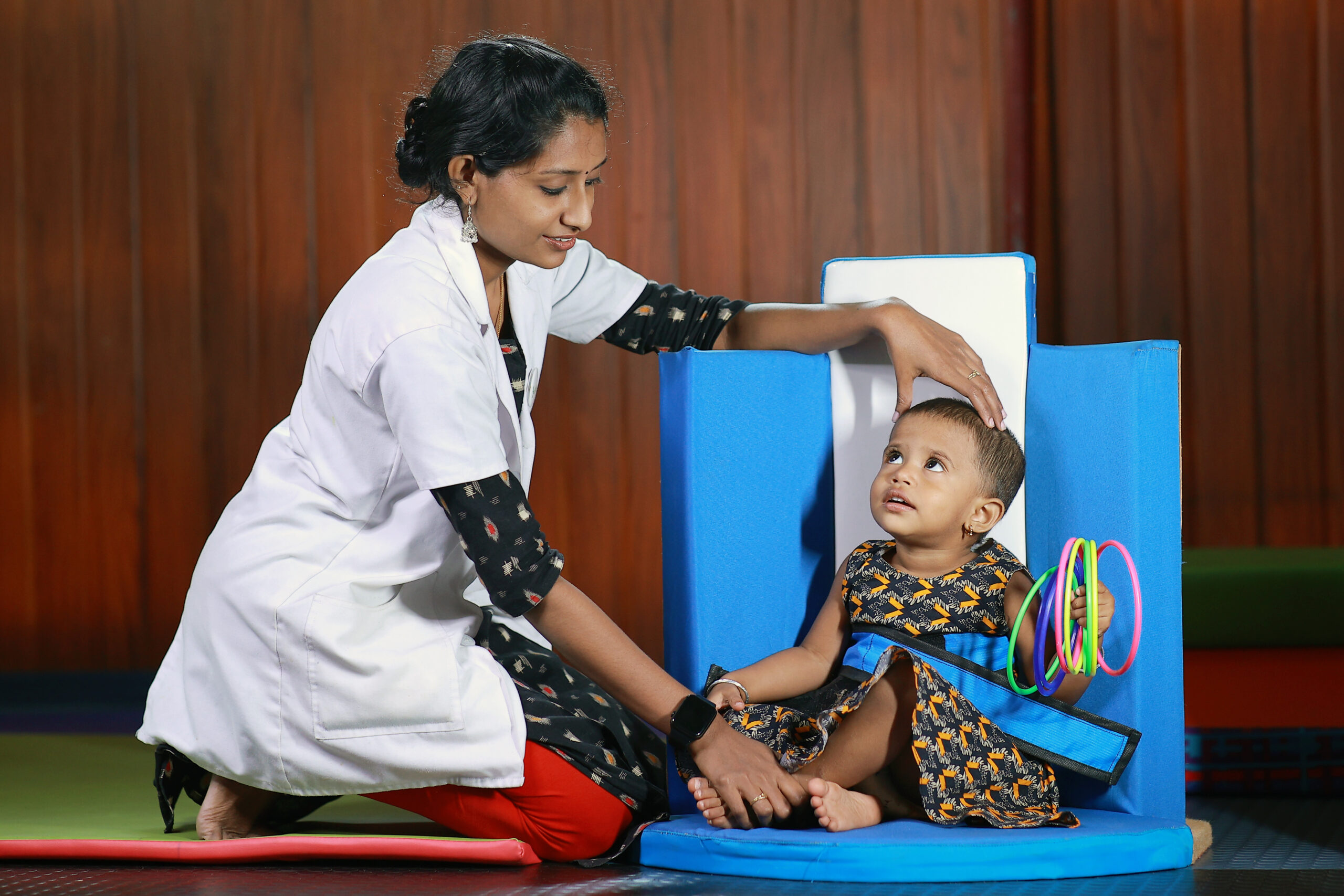
(jeevaniyam.in)
Attention Deficit Hyperactivity Disorder (ADHD) is a significant mental health concern that affects many children and often continues into adulthood. According to the Diagnostic and Statistical Manual of Mental Disorders , ADHD is diagnosed based on symptoms of inattention or hyperactivity-impulsivity, which can hinder a child’s development and daily functioning. Typical symptoms include a short attention span, hyperactivity, impulsiveness, and restlessness. ADHD affects children across a wide range of intellectual abilities, and those with learning difficulties might experience additional challenges such as sleep disturbances and anxiety disorders. Furthermore, ADHD can adversely impact academic performance, social relationships, and the ability to maintain friendships.
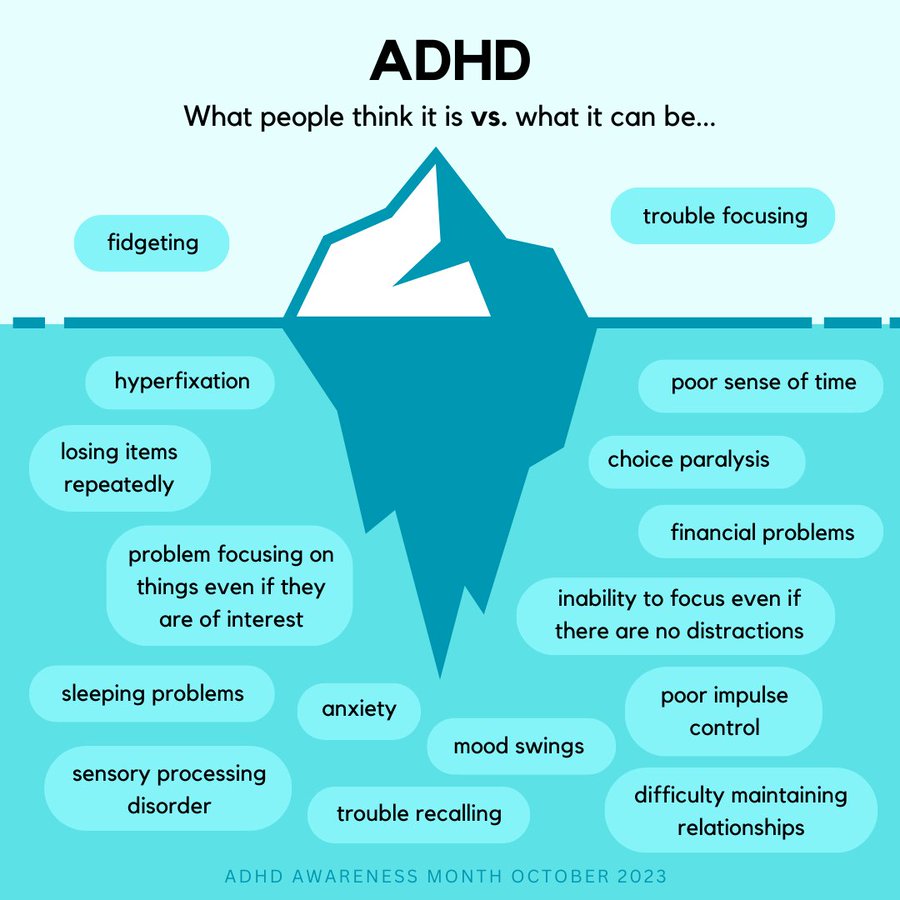
(@hallgreenhealth On X.com)
Increasing Diagnosis and Medication of ADHD
The diagnosis of ADHD has been rising alarmingly; one possible reason for the increased incidence of ADHD is the lack of opportunities for preschool children to engage in natural social play. According to the American Psychiatric Association (APA), there are five evidence-based treatments for children with ADHD: stimulant medication, behavioral parent training, social skills training, summer treatment programs, and behavioral classroom interventions. While stimulant medications are common and effective for many children, 42% of children do not respond to them and may experience increased behavioral problems. As a result, some practitioners employ alternative interventions in clinical settings, claiming efficacy in improving behavioral issues associated with ADHD. Play-based ADHD intervention is one such method that has been utilized to improve cognitive skills and treat this disorder.
Exploring “Play”
Scholars suggest that from an evolutionary standpoint, play must fulfill a crucial function given the considerable costs associated with it, such as the expenditure of time, energy, and the increased risk of injury and predation. Lester and Russel (2008) identify five distinct dimensions of play: (1) vigorous activities such as chasing, rough-and-tumble play, and play fighting, (2) pretend and socio-dramatic play, (3) language play, (4) social play and games with rules, and (5) construction play. The National Institute for Play (2018) expands upon this by categorizing play into seven forms: (1) attunement or mimic play, (2) body play and movement, (3) object play, (4) social play, (5) imaginative and pretend play, (6) storytelling-narrative play, and (7) creative play.
For more than a hundred years, play has been held in high regard within the realm of early childhood education. This emphasis on play is closely associated with the progressive ‘child-centered’ approach advocated by John Dewey , which prioritizes the needs, interests, and developmental stages of children. The notion of children as active participants in their own learning is deeply embedded in educational practices and reflects a commitment to fostering creativity, critical thinking, and social skills through play.
Saracho and Spodek describe two distinct approaches to analyzing play throughout the 19th and 20th centuries: classical and modern. Classical theories primarily sought to explain the existence of play and offered explanations such as the Relaxation Theory, which posited that play allows individuals to recharge their energy depleted by work, thus serving as a form of relaxation and a source of vitality. Alternatively, the Surplus Energy Theory viewed play as a means of expending excess energy, treating it as an instinctive behavior devoid of immediate purpose.
In contrast to these classical theories, modern dynamic perspectives focus on understanding the content and functions of play. Key theorists within this framework include Freud, Piaget, and Vygotsky. From a psychodynamic perspective, proponents like Freud and Erikson argue that play serves as a medium through which children express and process anxieties and fears, bringing them to a level of consciousness that can be articulated through play. Piaget’s research centered on children’s cognitive development, asserting that they construct knowledge through active interaction with their environment. This concept aligns with the idea that play is not merely a diversion but a fundamental mechanism through which children make sense of the world and develop essential cognitive skills.
Moreover, modern theorists like Vygotsky emphasize the role of social interaction in play. He posited that play serves as a crucial context for children to develop higher cognitive functions, such as problem-solving, imagination, and abstract thinking. Through play, children engage in activities that challenge their understanding and encourage them to explore new ideas, ultimately contributing to their cognitive and social development. Whether viewed through the lens of classical or modern theories, play remains an integral component of childhood development and an essential element of human culture.
Genetic Influences and Socialization
Before probing into the play-based behavioral interventions for ADHD, we must understand that human genes do not explicitly encode a comprehensive set of socialization skills, instead they provide foundational emotional and cognitive tools that, when combined with family and societal influences, help shape socially functional minds. Hence, to fully leverage these genetic gifts, it is essential to nurture children in environments that encourage and fulfill their innate play urges.
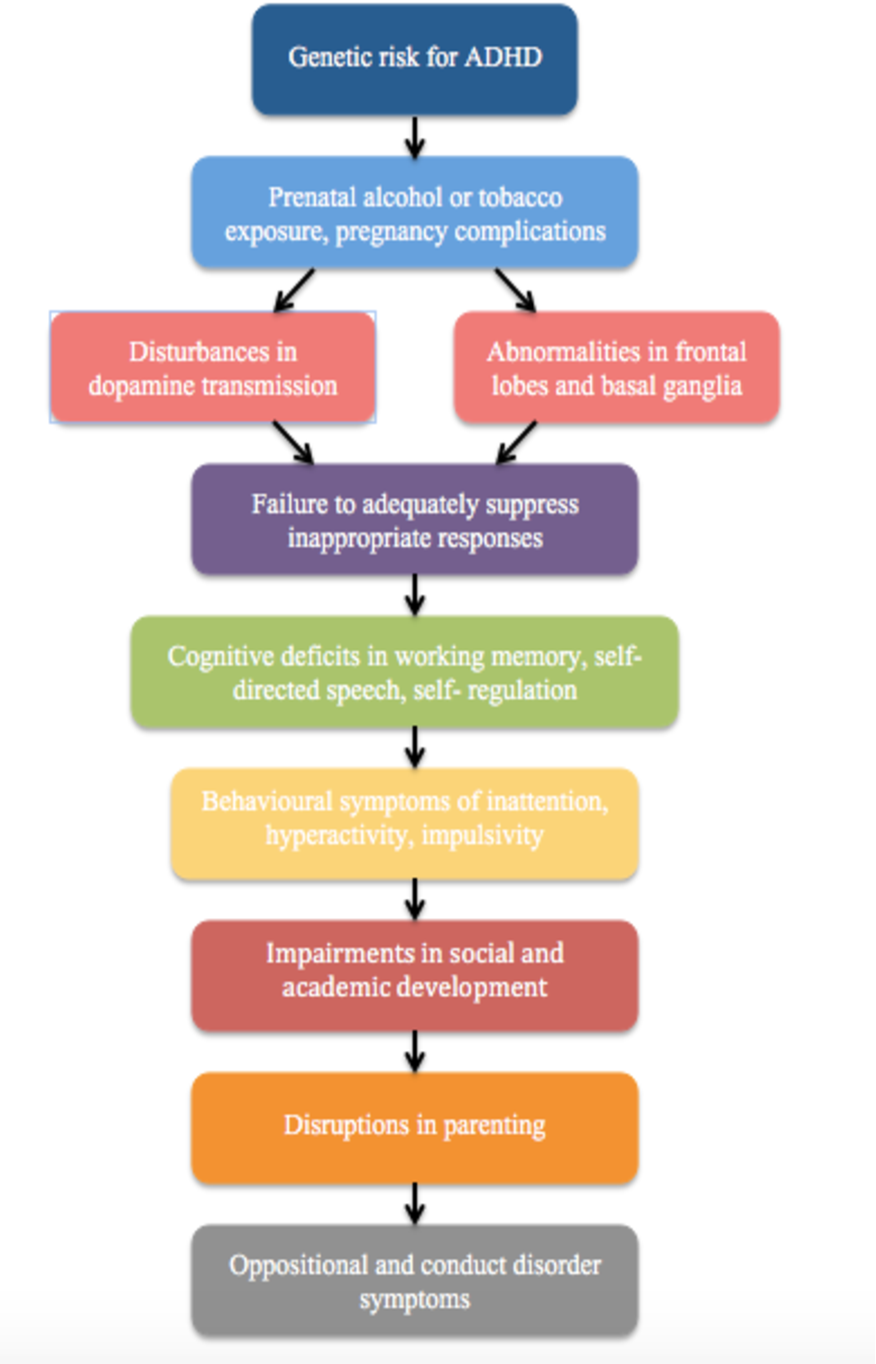
Transformative play therapy
Jean Piaget posited that intelligence evolves through two interrelated processes: assimilation and accommodation. Play plays a crucial role in this development, as it enhances various cognitive faculties such as agility, memory, attention, concentration, and perception, thereby amplifying its importance in the growth of intelligence. Supporting this, Barrett’s 1975 studies illuminated the positive correlation between play and learning.
Play allows the children to have the autonomy to decide how and what to play, giving them the freedom to create, adjust, and change rules without consequences. Mistakes are not just tolerated but embraced as part of the learning process, highlighting the freedom inherent in play. Play fosters essential skills like teamwork, empathy, and problem-solving, enabling children to learn negotiation and communication, thus supporting a child’s growth socially and emotionally.
While pharmacological treatments for ADHD, such as central nervous system stimulants, are common, medication alone is rarely sufficient. Psychological interventions are essential for comprehensive management. Ebrahim Abdollahian and colleagues have illustrated this through a series of meticulously designed play therapy activities. For example, the first activity, “Don’t drop it,” encourages children to focus on tasks that they typically perform absentmindedly, training them to maintain attention on specific objects and activities. “Throw the balls” challenges children to exercise selective attention and self-control by having them throw balls of various colors while avoiding the green ones. This game aims to enhance their ability to control impulsivity and improve sustained attention. In “Touch it,” children are blindfolded and asked to identify objects through touch, fostering cooperation and consultation among peers. Further activities include “Be careful and throw the rings,” where children throw rings at increasing distances, emphasizing self-control, impulsivity management, and attention to detail. These activities collectively aim to address various cognitive and behavioral aspects, helping children with ADHD improve their attention, impulsivity, self-control, and organizational skills.
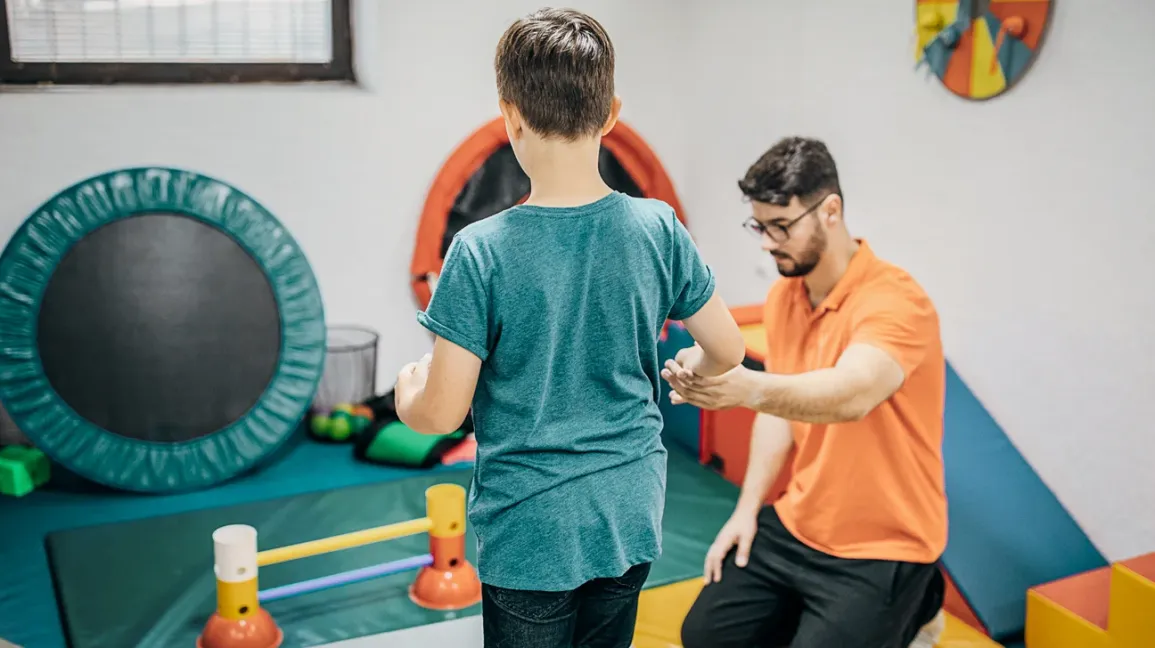
Furthermore, humans, like other young mammals, inherit fundamental social-emotional brain-mind tools that aid in the development of fully social minds. These include an innate urge to play, the capacity to care for others, and a sensitivity to separation-distress. Integrating these inherent tendencies with structured play therapy can foster better emotional and cognitive development, particularly in children with ADHD.
Conclusion
Although the American Psychological Association Division 53 recognizes only five specific interventions for ADHD, numerous practitioners employ a range of methods in schools and clinics to address behavioral symptoms in children. While play therapy has not yet been firmly established as a primary treatment for ADHD, it has demonstrated effectiveness in mitigating behavioral issues by catering to children’s developmental needs. Through engaging in play, children can naturally express their inner selves, making it a developmentally appropriate and powerful tool for communication, emotional expression, and growth. This approach allows children to navigate their emotions, resolve conflicts, and develop coping skills in a supportive and non-threatening environment.
Despite its significant potential, play therapy remains underutilized at the societal level. Expanding its application within educational and social systems could greatly enhance our ability to address the diverse emotional and psychological needs of children, thereby fostering their overall well-being and developmental progress.
References –
Panksepp, Jaak. “Can PLAY diminish ADHD and facilitate the construction of the social brain?.” Journal of the Canadian Academy of child and adolescent psychiatry 16.2 (2007): 57.
El-Nagger, Nahed Saied, Manal Hassan Abo-Elmagd, and Hanan Ibrahim Ahmed. “Effect of applying play therapy on children with attention deficit hyperactivity disorder.” Journal of nursing education and practice 7.5 (2017): 104.
Abdollahian, Ebrahim, et al. “The effectiveness of cognitive-behavioural play therapy on the symptoms of attention-deficit/hyperactivity disorder in children aged 7–9 years.” ADHD Attention Deficit and Hyperactivity Disorders 5 (2013): 41-46.
Zakershoshtari, Maryam, and Zahra Dasht Bozorgi. “The effectiveness of play therapy on reduction of the symptoms of attention deficit hyperactivity disorder (ADHD) in children.” Asian Social Science 12.6 (2016): 188-92.
Cordier, Reinie, et al. “A model for play‐based intervention for children with ADHD.” Australian Occupational Therapy Journal 56.5 (2009): 332-340.
Nijhof, Sanne L., et al. “Healthy play, better coping: The importance of play for the development of children in health and disease.” Neuroscience & Biobehavioral Reviews 95 (2018): 421-429.
- ADHD child development strategies
- ADHD children behavioral therapy
- Behavioral interventions for ADHD
- Benefits of play for ADHD children
- Child development ADHD treatments
- Neurodivergent child play therapy
- Play therapy for ADHD
- Play-based ADHD interventions
- Psychology of play therapy ADHD
- Transformative play therapy ADHD


















